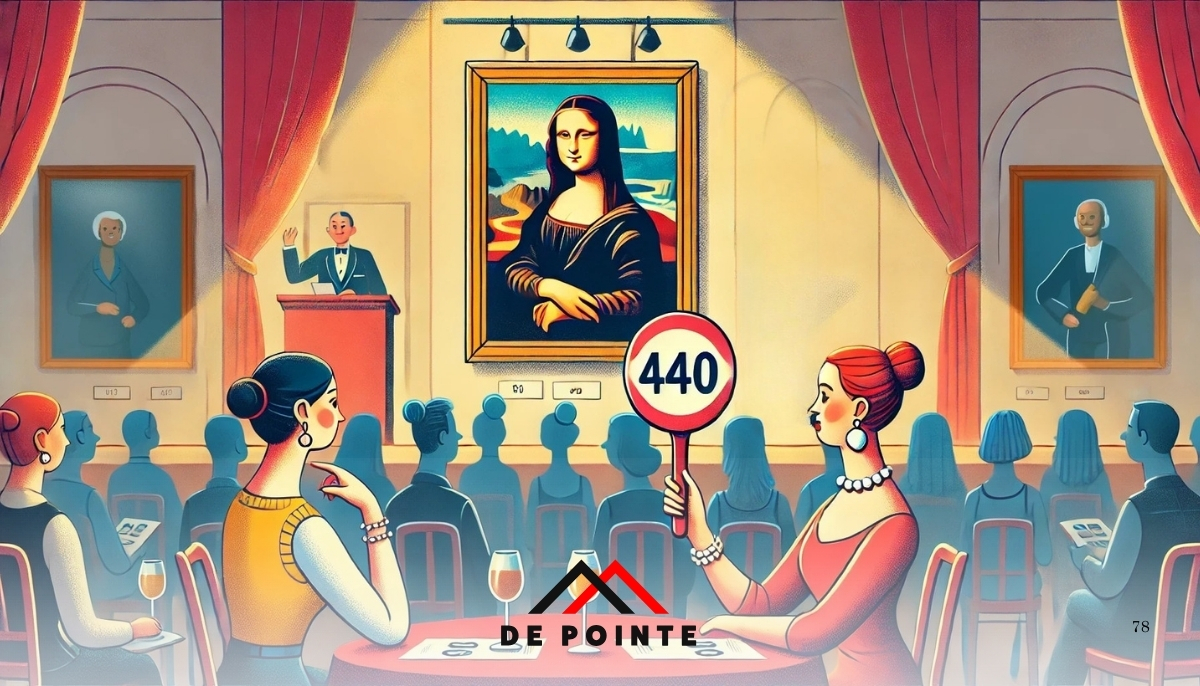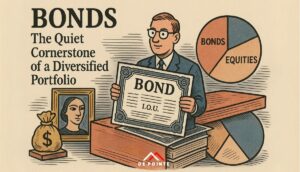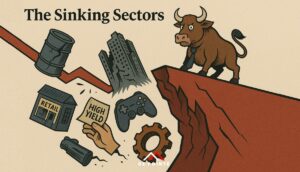Article

The art investment market is transforming, driven by the increasing influence of women and younger collectors. This dynamic change not only diversifies the market but introduces fresh perspectives, driving demand for a broader range of works and unlocking new opportunities for growth and innovation. At De Pointe Research, we are always on the lookout for emerging trends that highlight the evolution of alternative investments—and the current shift in the art world deserves attention for its exciting potential.
Women Lead the Way
One of the most remarkable developments in recent years is the rise of women as leading participants in the art market. A 2023 survey revealed that in the first half of the year, female collectors outspent their male counterparts, with median expenditures of $72,500 compared to $59,400 for men. This statistic is not only a testament to women’s increasing purchasing power but also their role in shaping the cultural and financial dimensions of the art world.
Women are making waves as collectors, curators, and investors, championing diversity and advocating for artists who have historically been overlooked. A prime example is the growing market for female artists whose works have gained overdue recognition. Joan Mitchell, a celebrated abstract expressionist who had long been overshadowed by her male contemporaries, saw two of her paintings sell for nearly $30 million each last year. This reflects both a market correction and a deeper appreciation for her contributions to art history.
This shift toward supporting underrepresented artists is not only a cultural victory but a financial one. Art investors seeking market-leading returns are increasingly realizing the value of looking beyond traditional favourites to embrace works by diverse creators. Women collectors, often driven by both passion and a keen sense of opportunity, are playing a pivotal role in this movement.
Youthful Energy and Fresh Perspectives
Younger collectors are another driving force reshaping the art investment landscape. Millennials and Gen Z investors are engaging with the art world in meaningful ways, combining their tech-savvy approach with an eye for innovative and contemporary works. While the rise of digital art and NFTs has gained significant attention, many younger collectors are also gravitating toward tangible pieces, such as paintings and sculptures, which offer a sense of permanence and historical significance.
According to a UBS report, millennials are among the highest spenders in the art market. In Switzerland, for example, 69% of collectors who spent over $1 million on art in the last two years were millennials. This highlights the growing appetite among younger investors to allocate significant portions of their wealth to alternative assets like art, viewing them as valuable investments and expressions of personal identity.
What sets this new generation apart is their focus on emerging and contemporary artists. Rather than defaulting to established names, these collectors are drawn to bold, cutting-edge works that reflect today’s cultural and social dynamics. Their enthusiasm for discovery is not only expanding the market but also nurturing the careers of promising artists, thereby contributing to a more sustainable and inclusive ecosystem.
The Resilience and Opportunity of the Art Market
The combined influence of women and younger collectors is fostering a more inclusive, dynamic, and resilient art market. Their enthusiasm for both established masters and fresh voices is broadening the spectrum of collected works while driving innovation. This trend aligns with the findings of the Knight Frank Luxury Investment Index, which identified art as the top-performing asset in terms of 1-year capital gains, with 11% growth in 2023 and an impressive 29% in 2022.
The increasing participation of women and younger collectors adds a layer of stability to the market. Their investment patterns—grounded in personal values, cultural awareness, and a willingness to explore new territories—create opportunities for long-term appreciation. Art, as an alternative asset class, benefits from its lack of correlation to traditional financial markets, making it an attractive option for those looking to diversify their portfolios.
Why This Matters for Investors
For those considering art as part of their investment strategy, this evolution in the market is an exciting development. The influx of new perspectives and buyers is driving both demand and innovation, ensuring a vibrant marketplace. Collectors and investors today have a unique opportunity to capitalize on these changes by exploring diverse market segments and focusing on works that align with their values and financial goals.
At De Pointe Research, we believe the future of the art market is bright. As more women and younger collectors shape the landscape, they bring not only diversity but also a sense of purpose and passion that fuels growth. Investors would be wise to pay attention to these trends, as they highlight the ever-growing appeal of art as a secure, rewarding, and culturally rich alternative asset.
This transformative moment in art investment is not just about financial returns; it’s about the opportunity to be part of a movement that values creativity, inclusivity, and innovation. For investors looking to make a meaningful impact while securing their portfolios, the art market offers a wealth of possibilities.





